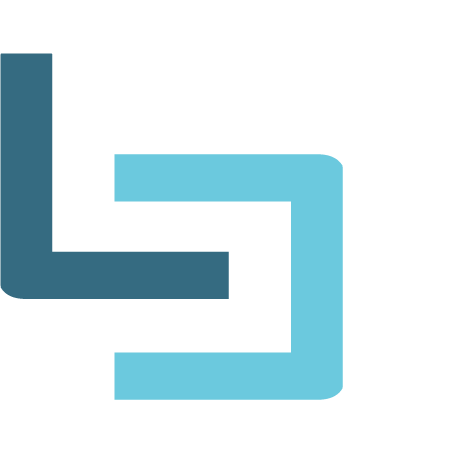
Everyone will likely find themselves in need of fast cash at some time in their life. If this time comes, you may consider taking out a loan. However, before you do, know that not all forms of borrowing are created equal. Everything from the APR, loan terms and life of the loan can affect your repayment ability, your credit score and your future financial wellbeing. To ensure you make the right choice, learn the differences between personal loans, payday loans and credit cards — the three most common forms of borrowing in Canada.
Personal Loans
Personal loans are short-term loans that come with fixed payments and fixed repayment periods. Like with credit cards, lenders make an inquiry into your credit report when you apply, which could result in a slight hit to your score. Also, like with credit cards, the interest rate that comes with the loan ultimately depends on your credit score and repayment history. Unlike credit cards, however, personal loans do not offer a revolving form of credit. Once you repay the loan, the lender closes your account and you must reapply if you need future financial assistance.
Lenders offer two main types of personal loans: secured and unsecured. If you opt for a secured loan, you would need to put up some form of collateral against your loan. Collateral can come in the form of a bank account, or a value possession. In exchange, the lender would reduce your annual percentage rate. With an unsecured loan, on the other hand, the lender assumes a majority of the risk in exchange for a higher APR. In addition to interest, many lenders charge fees that can increase the total lifetime cost of the loan.
You can use a personal loan for a variety of reasons, including but not limited to:
- Buying a house or vehicle
- Making improvements to your home or car
- Consolidating credit card debt
- Paying off unexpected medical expenses
Payday Loans
Payday loans short-term, high-cost loans that give cash-strapped individuals the money they need to cover expenses until their next payday (hence the name). These loans are not meant to cover huge costs, and the typical amount is $500. You could use a payday loan to cover your heating or electricity bill until you receive your next paycheck or to pay for unexpected, low-cost vehicle repairs.
Before offering a payday loan, the lender will inquire as to your job status and sources of income. You may also have to grant the lender access to your bank account or submit a post-dated check to cover the amount of the loan.
Payday loans are costly. To borrow money, you must agree to pay a finance charge, which ranges from $10 to $30 for every $100 you borrow. According to the math, that equates to an annual percentage rate of almost 400%. If you fail to repay the loan within the two-week term, the lender is likely to slam you with fines and additional fees.
Payday loans are only ideal when you are strapped for cash, but know you have the money coming in soon. However, because they come with high fees and finance charges, you should only use them as a last resort option.
Credit Cards
Credit cards fall into an entirely different category of borrowing; they offer borrowers “revolving credit,” or credit they can continue to access so long as they pay down the balance. Like with personal loan lenders, creditors check your credit score to determine your creditworthiness and to calculate your available balance and interest rates. Credit card interest rates are typically higher than those associated with personal loans.
Revolving credit works differently than the short-term credit of personal or payday loans. With the loan options, you receive one lump sum upfront and pay interest on the total, but with a credit card you access the funds at your discretion. And in turn, only pay interest on the funds you actually use. If you don’t have a balance at the end of the month, you don’t have to pay interest.
While credit cards are a great way to build your credit, and good backup in emergencies, you need to be wary of introductory rates, annual and monthly fees and late charges. Some credit cards offer 0% introductory rates and then increase them to 30% after six months. Others charge as much as $90 annual fees, while others charge $12 monthly fees. Late fees range from as little as $3 to as much as $39. Regardless of the terms, you should always try to pay down the balance in full each month. This will help avoid racking up extra debt in interest and fees.
Each type of loan serves its purpose. If you need fast cash or simply want available credit for a rainy day, talk to a reputable lender about which option is right for you and your situation.



